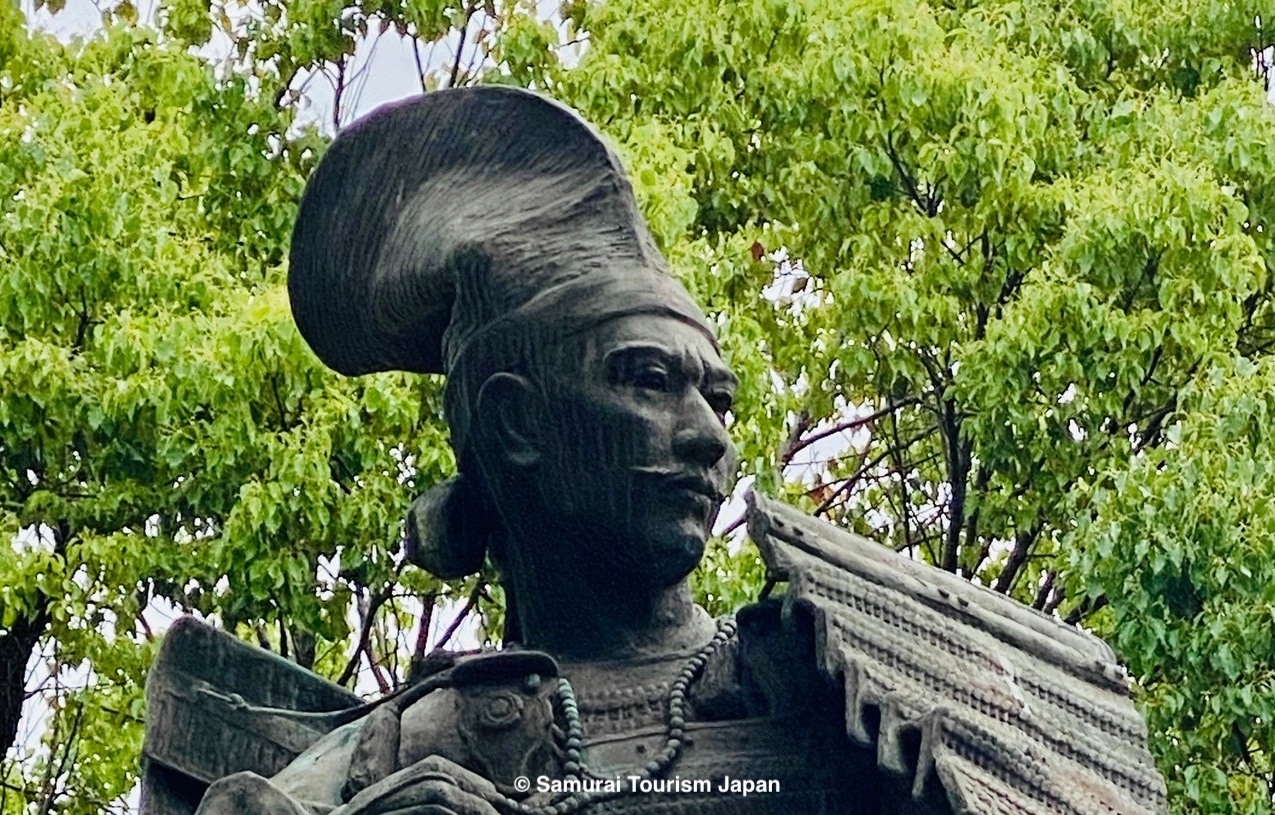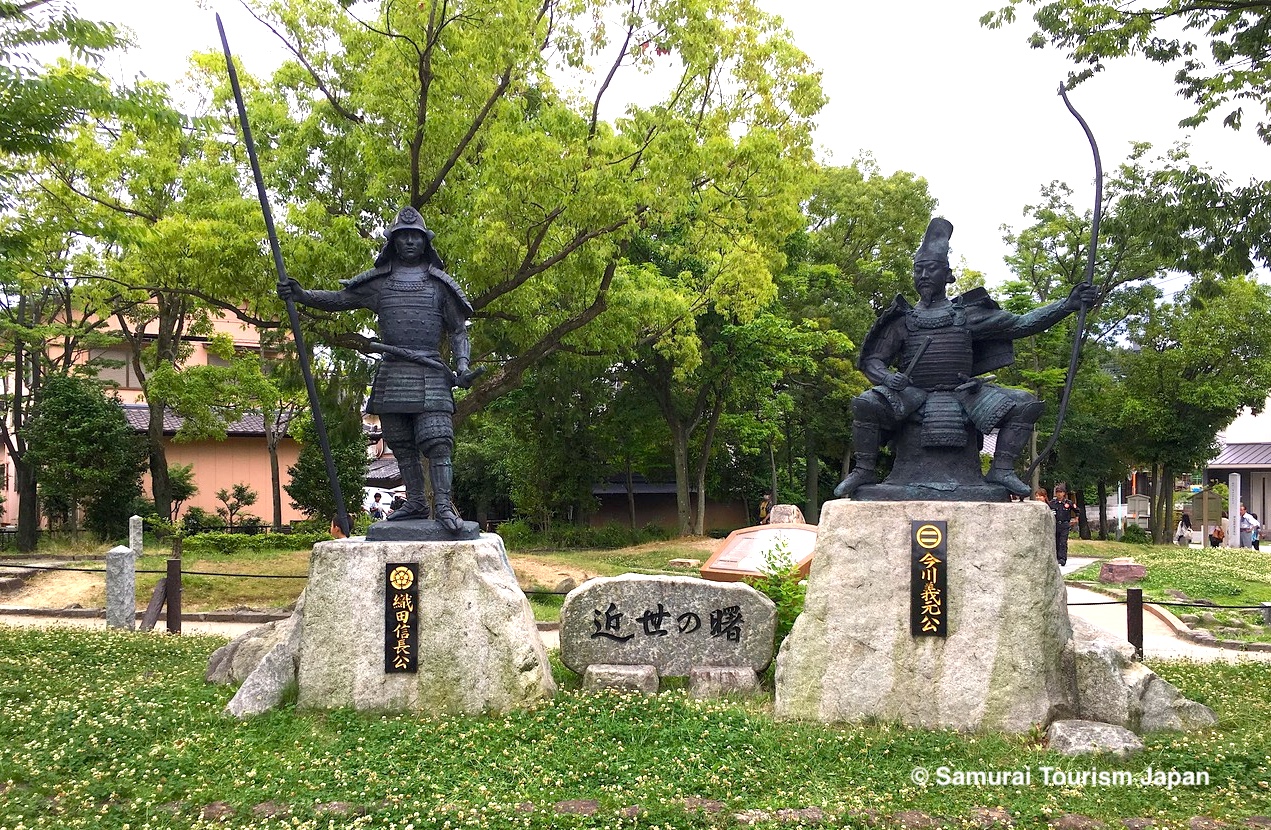Stories
Oda Nobunaga : The Visionary Daimyo of the Sengoku Period

The Enigmatic Visionary
The story of Oda Nobunaga, one of Japan’s most influential, innovative and controversial warlords, is one of ambition, innovation, and transformation. His military prowess, his strategic acumen, and visionary leadership were instrumental in ending the chaos of the Sengoku period and setting Japan on a path towards unification and modernization.
Oda Nobunaga was born in 1534 to Oda Nobuhide, a minor warlord of Owari Province. His unconventional behavior and disregard for etiquette earned him the nickname “The Fool of Owari.” However, beneath this façade lay a sharp mind and a formidable ambition. Following his father’s death in 1551, Nobunaga faced challenges to his leadership from within his own clan, and from outside forces. Despite these obstacles, he secured his position through a combination of cunning strategic alliances, calculated force, and sheer determination.
Military Innovations and Strategy
Nobunaga was a master of warfare. His strategic abilities and outright audaciousness shone in battles such as Okehazama in 1560, where he defeated Imagawa Yoshimoto’s estimated 25,000 force with just 2,500 troops through a surprise attack on the Imagawa’s central camp during a thunderstorm. This victory not only demonstrated his ability to outthink and outmaneuver more powerful adversaries, but greatly bolstered his reputation.

Nobunaga’s innovative use of technology and tactics, such as the effective use of firearms changed warfare following the Battle of Nagashino in 1575, where Nobunaga famously deployed ranks of matchlock gunmen supposedly in rotating volleys, decimating the advances of the feared Takeda clan, showcasing the decisive impact of firearms and modern tactics.
Beyond his military exploits, Nobunaga was a visionary leader who implemented significant political and economic reforms. He sought to break the power of the independent daimyo class, and diminish the influence of Buddhist monasteries, which often acted as autonomous power centers. The Siege of Mount Hiei in 1571, where Nobunaga destroyed the militant Tendai Buddhist monastic complex, was a brutal but effective demonstration of his resolve to consolidate power, as was the ten-year battle against the Hongan-ji Temple of Osaka.
Economically, Nobunaga encouraged trade and commerce, recognizing the importance of a robust economy in maintaining a powerful state. He implemented policies that encouraged the free movement of goods and people, reduced taxes and barriers to trade, and supported the development of castle towns as centers of economic activity. His reforms laid the groundwork for the economic systems that would later flourish under the Tokugawa Shogunate.
The Quest for Unification
Oda Nobunaga’s ultimate ambition was the unification of Japan, a goal he pursued with relentless determination. By the late 1570s, he had subdued many of the major daimyo of central Japan, and his influence extended to over a third of the country.
In 1582 when one of Oda Nobunaga’s closest, most trusted vassals, Akechi Mitsuhide, in an act of betrayal that shocked the nation, launched a surprise attack on Nobunaga at the Honno-ji Temple in Kyoto. Facing 13 thousand attackers with just 70 of his own guards, Nobunaga retired to a room in the temple, and setting it alight, committed seppuku, ending his life but cementing his legacy as a formidable and transformative leader.
Oda Nobunaga’s military innovations and strategic brilliance transformed the nature of warfare in Japan. His political and economic reforms laid the foundation for a more centralized and prosperous state. Although his life was cut short, his vision for a unified Japan was carried on by his successors, Toyotomi Hideyoshi and Tokugawa Ieyasu, who completed the work he had begun.
Nobunaga’s impact on Japanese culture and history is reflected in the numerous legends, books, TV dramas, and films depicting his life and exploits. He is often portrayed as a larger-than-life figure, a ruthless, violent, yet visionary leader whose ambition and drive reshaped the course of Japanese history. His life story continues to inspire fascination and admiration.
For those fascinated by samurai history and culture, Nobunaga’s story offers a compelling insight into the strategies, innovations, and relentless drive of a leader determined to reshape a nation at war. Nobunaga dared to challenge the status quo and reshape the world according to his vision.
Oda Nobunaga’s Selected Battles
1560 Battle of Okehazama
1564 Siege of Inuyama Castle
1567 Battle of Inabayama
1568 Battle of Kannonji
1570 Battle of Kanegasaki
1570 Battle of Anegawa
1571 Siege of Mt. Hiei
1573 Battle of Ichijodani
1573 Battle of Odani
1575 Battle of Nagashino
1581 Tensho Iga War
1582 Honno-ji Incident
Nobunaga Related Castles
Shobata Castle
Nagoya Castle
Kiyosu Castle
Komakiyama Castle
Gifu Castle
Azuchi Castle


